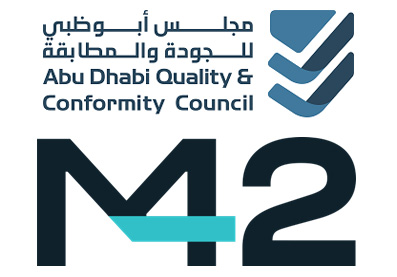The complexity of wastewater makes it one of the more difficult substrates in which to analyse VOCs. But a company based in Abu Dhabi is routinely monitoring a range of volatile environmental toxins in both domestic and industrial wastewater by using the headspace–trap capability of Markes International’s automated Centri® system. We talk to them about what they’ve achieved, and how they’ve come to value the workflow-enhancing instrumentation and application expertise provided by Markes.
Analysing wastewater at scale
Screening wastewater for environmental pollutants is challenged by the complexity of the matrix, as well as by the need to avoid water getting into the analytical equipment. In more traditional techniques, such as purge-and–trap, sample foaming can occur, leading to poor analyte recovery and system contamination. Headspace sampling is therefore appealing because it deals to some extent with both issues, but there can be difficulties in maximising sensitivity for the lowest-level analytes.
Add onto that the need to screen hundreds of samples daily, and you have a considerable analytical challenge – but one that M42, a healthcare-focused company based in the UAE, is tackling successfully, thanks to help from Markes International. The company was established in 2022, following the coming together of G42 Healthcare and Mubadala Health, and has over 20,000 employees at more than 480 facilities in 26 countries. Our story, however, focuses on the work done by an analytical team at the Reference and Surveillance Intelligence Department (RASID)
at the company’s headquarters in Abu Dhabi, UAE.


